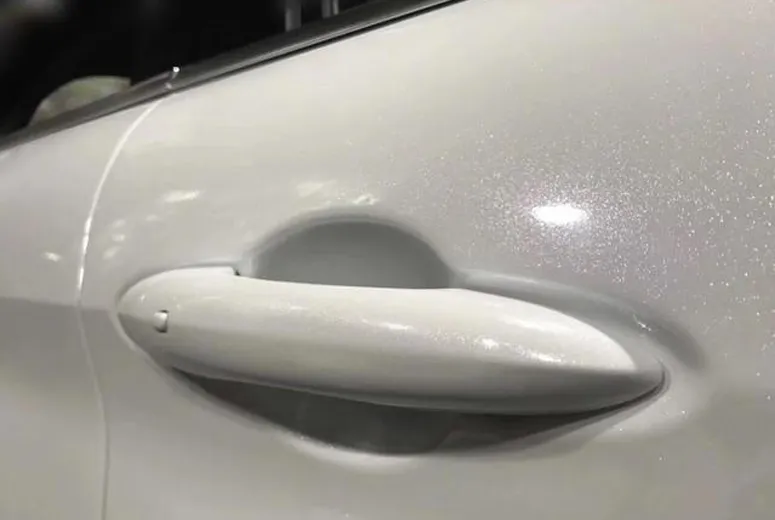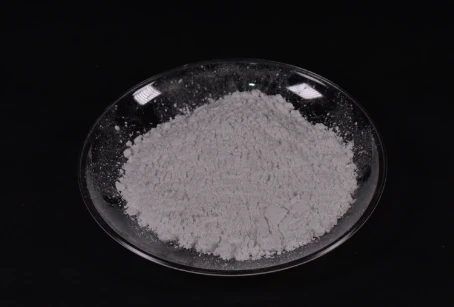Pearl Pigment Powder Uses High-Gloss Automotive & Craft Applications
- Understanding pearl pigment powder composition and properties
- Technical advantages and performance characteristics
- Comparative analysis of major industry suppliers
- Custom formulation possibilities
- Automotive applications and case studies
- Manufacturing guidelines and best practices
- Industry outlook and innovative applications

(pearl pigment powder use)
Fundamentals of Pearl Pigment Powder Use
Pearl pigment powders deliver transformative visual effects through sophisticated light manipulation. These specialty pigments consist of microscopic mica platelets coated with metal oxides like titanium dioxide or iron oxide. When incorporated into coatings, plastics, or inks at recommended loading rates of 10-20% by weight, they produce shimmering optical interference patterns. Unlike conventional pigments that rely solely on absorption, pearl pigments utilize multilayer reflection to create depth effects impossible with standard colorants.
The physics behind these materials explains their performance advantages. Each platelet's uniform thickness (typically 500-1000 nanometers) controls interference wavelengths while metal oxide coatings determine reflection characteristics. Particles smaller than 25 micrometers ensure dispersion homogeneity across all application methods from spray painting to extrusion. According to sector analysis, the global market reached $680 million in 2023 with coatings accounting for 65% of industrial pearl pigment powder use
, primarily in premium finishes where visual impact translates directly to product value.
Technical Advantages and Performance Metrics
Leading manufacturers engineer pigment powders to exceed industrial requirements for demanding environments. Modern pearl pigments exhibit UV stability with less than 5% color shift after 1,000 hours QUV exposure, critical for outdoor applications. Automotive-grade formulations pass 3-year Florida weathering tests without cracking or delamination while maintaining gloss retention above 90%. Their thermal resistance extends to 400°F (204°C), enabling integration into injection-molded components.
The particle geometry of premium pigments generates three distinct optical phenomena simultaneously: specular reflection (metallic shine), diffuse reflection (satin glow), and interference (color travel effects). These properties yield hiding power superior to conventional pigments - achieving full coverage at 35% lower film thickness. When evaluating products, technicians measure both absolute color metrics and dynamic behavior:
Industry Supplier Performance Comparison
| Supplier | Particle Distribution | Weathering Rating | Opacity Index | Color Consistency | Chemical Resistance |
|---|---|---|---|---|---|
| Merck Group | 5-30μm (±1μm) | Class A | 98% | Delta E <0.8 | Grade 9 |
| BASF | 8-40μm (±3μm) | Class B+ | 94% | Delta E 1.2 | Grade 8 |
| Sun Chemical | 10-45μm (±5μm) | Class B | 91% | Delta E 1.5 | Grade 7 |
| Sudarshan Chemical | 8-35μm (±2μm) | Class A- | 96% | Delta E 1.0 | Grade 8 |
Customization Capabilities and Formulation Options
Progressive manufacturers now offer tailored solutions addressing specific application challenges. Laboratory services can develop proprietary pigment combinations matching exact CIELAB coordinates with batch-to-batch variation under Delta E 1.0. Surface treatments like silane modification enhance compatibility with solvent-based systems, while plasma processing creates specialized grades for waterborne formulations. For high-polymer applications, encapsulated particles prevent degradation during high-shear compounding.
Recent breakthroughs in coating architectures enable color-on-color effects previously unattainable. Double-layered titanium dioxide/ferric oxide deposition creates pigments exhibiting both interference shifts and inherent coloration. Clients can choose from over 60 standard effects and request custom geometries including:
Automotive Implementation: Pearl Pigment Powder for Cars
The automotive sector represents the most technically demanding application, with formulations requiring resistance to road chemicals, UV exposure, and extreme temperatures. High-end paint systems incorporate precisely layered interference pigments to create signature effects that shift perception according to lighting conditions and viewing angles. For BMW's Frozen Black finish, three pigment grades were combined to produce a matte metallic surface with depth dimension rivaling liquid crystals.
Major manufacturers achieve significant processing advantages through pigment innovations. Honda's Ohio plant reduced coating cure time 23% by switching to low-temperature compatible pearl pigments without sacrificing effect intensity. In plastic components, Ford reported 98.6% color match consistency when replacing conventional masterbatches with pre-dispersed pigment pellets. Current development focuses on multifunctional enhancements:
Production Techniques and Operational Guidelines
Optimized manufacturing requires understanding pigment interactions with binder chemistry. For solvent-based coatings, low-solids dispersion (15-25%) using high-speed mixers with zirconia beads prevents platelet fracture. Waterborne systems benefit from gradual incorporation at 40-50°C to avoid flocculation. Plastics processing specialists recommend tumble blending with carrier resins before main compounding to overcome density differences.
Quality control measures must include flop-angle spectrophotometry for multichromatic verification. Industry surveys indicate that facilities using automated dispersion monitoring reduce waste pigment by 38% while maintaining tighter color tolerances. Critical parameters to document across production cycles include:
Future Innovation Trajectories in Pearl Pigment Powder Applications
Research initiatives are expanding pearl pigment powder functionality beyond aesthetic enhancement. Nanoscale coatings create thermochromic and electrochromic versions capable of responding to environmental stimuli. Multiple firms have filed patents for conductive interference pigments integrated into touch-sensitive surfaces, enabling invisible control interfaces. Defense contractors are developing radar-absorbing formulations using precisely controlled particle geometries that redirect electromagnetic waves.
The cosmetics sector recently adopted biocompatible pigments derived from synthetic fluorphlogopite, yielding unprecedented purity standards. Preliminary findings from material scientists at MIT indicate potential for photon management in photovoltaic applications, representing a fundamental paradigm shift. As manufacturing precision reaches the atomic level, these advanced pigments will likely transform from decorative additives into core functional components across multiple technological domains.

(pearl pigment powder use)
FAQS on pearl pigment powder use
Q: What is pearl pigment powder used for?
A: Pearl pigment powder is used to create shimmering effects in paints, coatings, cosmetics, and crafts. It provides iridescent finishes by reflecting light through its mica-based particles. Common applications include automotive paints and decorative art projects.
Q: Can pearl pigment powder be used for car customization?
A: Yes, pearl pigment powder for cars is specifically formulated to mix with automotive paints. It creates metallic or pearlescent finishes on vehicle surfaces. The powder is heat-resistant and adheres well to automotive substrates.
Q: Which materials work best with pearl pigment powder?
A: Pearl pigment powder binds effectively with resins, plastics, acrylics, and solvent-based coatings. For automotive use, it's optimized for polyurethane or epoxy-based paint systems. Always check compatibility with your base material before application.
Q: Is pearl pigment powder safe for cosmetic use?
A: Only cosmetic-grade pearl pigment powder is skin-safe. Industrial-grade powders for cars or crafts may contain harmful chemicals. Always verify product specifications for FDA/CE compliance before cosmetic application.
Q: How durable are pearl pigment powder finishes on vehicles?
A: When properly mixed and sealed with automotive clear coat, pearl pigment finishes last 5-10 years. Durability depends on application technique and environmental exposure. Professional application is recommended for optimal longevity.
-
Transforming Surfaces with Mica-Enhanced Paints in Coatings and DecorationNewsJul.02,2025
-
The Ultimate Guide to Mica-Based Luminous Colors with Pearlescent PigmentNewsJul.02,2025
-
The Critical Role of Mica in Industrial Applications in Welding and Oil FieldsNewsJul.02,2025
-
Revolutionizing Automotive Aesthetics with Modified Plastics Pearlescent PigmentsNewsJul.02,2025
-
The Secret with Mica Powder for Cosmetics Behind Radiant, Natural MakeupNewsJul.02,2025
-
Enhancing Performance in Polymer Applications with Mica Powder for RubberNewsJul.02,2025
Products categories









